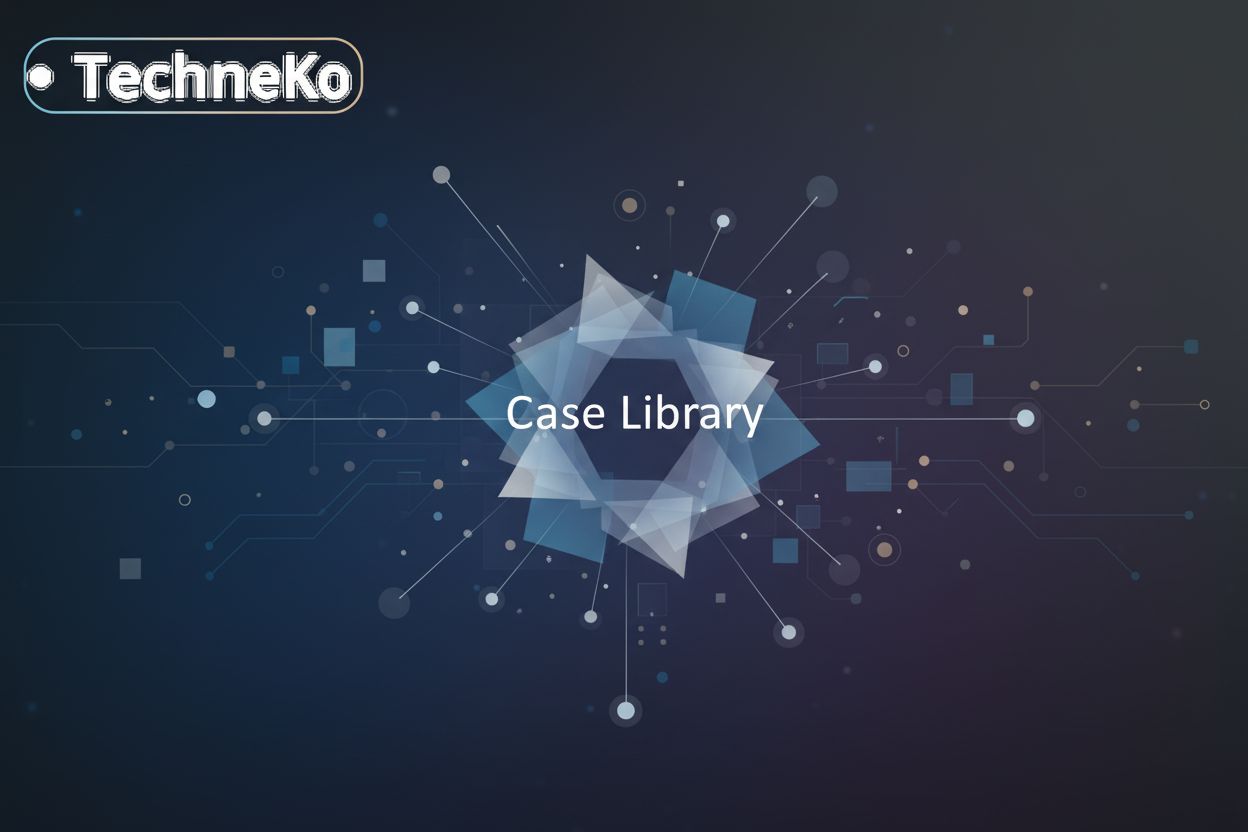Case-Based Reasoning in Generative AI Agents: Review and Insights
TL;DR
Understanding the Need for Transition
Ever wondered why some folks ditch the whole "Login with Google/Facebook" thing? It's more common than you think! People want options, and honestly, sometimes those social logins just don't cut it. (The Illusion of Social Media Relationships - Facebook)
Let's break down why users might wanna switch:
User Choice is King: Not everyone wants their social media linked to everything. Some people are just more private, and that's totally fair! (“I'm just a private person. That's why I don't post.” Fair. But here's the ...) Giving users control over their login method improves their experience. Plus, for us service providers, having a direct username/password system means we get more direct user data and aren't as reliant on third-party api's.
Security Concerns (duh): What if a social platform has a security breach? Suddenly, every account linked through it is vulnerable. (All my social media platforms are getting hacked. What should I do?) It's a risk some aren't willing to take, and who can blame them? It's like, don't put all your eggs in one digital basket, you know?
Social Media isn't universal: Believe it or not, some people don't use social media – shocking, i know! Or maybe they lose access to an account, so then what? You gotta have a backup plan, and that's usually a good old username/password combo.
It's about giving users options and making sure they can always access your service, no matter what happens with their social media accounts. Now, let's get into the nitty-gritty of making sure it's actually them.
Verifying User Identity
So, someone's jumping ship from social logins, huh? Gotta make absolutely sure it's really them asking for this switcheroo, right? Think of it like this, you wouldn't just hand over the keys to your car to a stranger, would you?
First things first: the most basic, but crucial, step is email verification. You gotta send a verification email to the email address they used for their social login. Make sure it's the actual email associated with their account on Google, Facebook, or whatever social platform they used.
- Inside that email, include a unique, time-sensitive link. This link is like a temporary key – it expires, so someone can't use it later if they somehow intercept the email. When they click that link, then you prompt them to create a username and password. It's simple but effective.
But hey, email's not bulletproof, is it? That's where multi-factor authentication (mfa) comes in. It's like adding a deadbolt to your front door.
- Implement mfa during this transition. Send a one-time password (otp) to their phone (via sms) or, again, to their email. This is especially important in finance apps, where security is paramount, or even in healthcare platforms to protect sensitive patient data. You want to really confirm it's them before letting them create a new password.
If you can, go the extra mile.
- Re-verify user details with the social provider's api, if they offer it. This usually involves making a call to the social provider's api to confirm the user's email address, and sometimes other basic profile info like their name, is still current and matches what you have on file. It's like double-checking their id – just to be extra safe. It's an additional layer of verification that can help prevent account takeovers; especially useful in retail where loyalty points or stored payment details could be at risk.
Verifying user identity is paramount to ensuring only the rightful owner gains access to the account. Now, let's talk about how to securely guide them through setting up that new password...
Secure Password Setup
Okay, so you've verified their identity. Now, let's not drop the ball by letting them set a super weak password, right? That's just asking for trouble.
First off, enforce strong password policies. Minimum length is a must – like, at least 12 characters. And you gotta demand a mix of uppercase, lowercase, numbers, and symbols. No exceptions! It's like, the longer and more random, the better.
Then, give users real-time feedback as they type. A little "password strength meter" is super helpful. Tell them why their password is weak and what they need to add. For instance, if a user sets a password that is too short, you can display "Password should be at least 12 characters". This is especially useful for, say, a banking app where you want to make users know exactly how strong their password is.
Don't let 'em reuse old passwords, either! Keep a history and block repeats. It's a simple check that can seriously boost security.
Whatever you do, never store passwords in plain text. Seriously, that's password security 101.
Use a strong hashing algorithm, like bcrypt or argon2. These algorithms turn passwords into a scrambled mess that's nearly impossible to crack. And always salt each password individually. Salts are random strings that are unique to each password, making it much harder for attackers to use pre-computed tables of common passwords to crack yours, even if they manage to steal a hashed password.
Secure password setup is crucial for protecting user accounts after they switch from social logins. Now that we've covered the technical side of passwords, let's think about how the user actually experiences this new setup.
User Experience Considerations
Okay, so, someone's making the switch from "Login with Facebook" to a good ol' username and password? Cool. But let's make it a smooth ride for them, yeah? 'Cause a frustrated user is not a happy user – and happy users stick around.
First, tell them why! Don't just spring a password creation screen on them out of nowhere. Explain that they're switching to a username/password combo for added security or flexibility – whatever the reason. Honesty is the best policy and all that.
Next, give 'em clear instructions. Step-by-step, idiot-proof guidance is the name of the game. No jargon, no assumptions. "Enter a username, then create a password that's at least 12 characters long with a mix of letters, numbers, and symbols." Simple!
Oh, and make it look nice! A clean, uncluttered screen with clear prompts goes a long way.
Minimize the hassle. If you can, pre-populate the email field. Saves 'em a few seconds of typing, and those seconds add up!
Provide help right there on the spot. A little "Need help?" link next to the password field that pops up with tips on creating a strong password? Gold!
Make the whole process feel...natural. No weird redirects, no confusing error messages. Just a smooth, intuitive flow.
Think of it like this: you're guiding them across a busy street. You wouldn't just shove them out there, would you? You'd hold their hand and make sure they get to the other side safe and sound.
Making this transition seamless is important, but what about afterwards? Let's look at account linking options.
Security and Compliance
Switching from social login to username/password? It's not just about convenience, it's a serious security and compliance thing, too. Think of it this way: you're not just changing how someone logs in; you're changing the entire security posture of their account.
gdpr and ccpa are your new best friends. Make sure you're following all the rules about data privacy. That means getting clear consent from users before you start messing with their data. And it means giving them the right to see, change, or even delete their info if they want.
Don't forget about regular security audits. You gotta be constantly checking your systems for weaknesses. In the context of this transition, this might involve penetration testing to see if attackers can exploit the switch, or code reviews of the new authentication flow to catch any bugs. Like, imagine if a hacker found a way to exploit the transition process? You'd be in a world of hurt, especially if you're dealing with sensitive stuff like patient records or financial data.
Got an incident response plan? Hope so! 'Cause if something does go wrong – like a data breach – you need to know exactly what to do. Who to call, how to contain the damage, how to notify users. It's like having a fire drill, but for your data.
All that might sound like a pain, but it's crucial. And honestly, it's just good business sense. Show your users you take their security seriously, and they'll trust you more.
Basically, a solid security and compliance strategy isn't optional; It's how you keep everyone safe!






